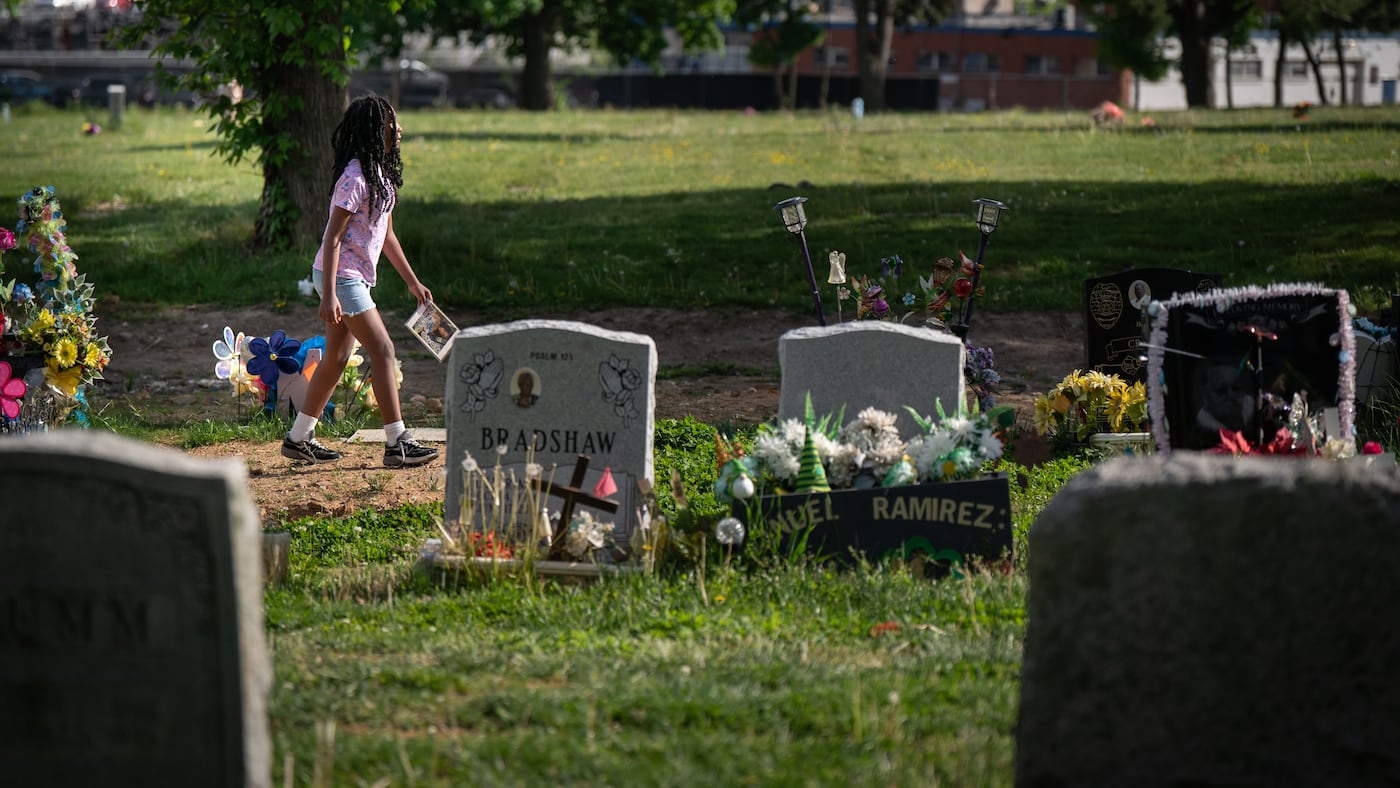As of mid-2025, Philadelphia reports the lowest homicide rate in years.
Philadelphia is experiencing a notable decline in its homicide rate, marking a significant shift in the city’s recent history of violence. As of July 2025, the city reported 134 homicides, a stark decrease from the 319 recorded during the same period in 2021. This reduction places Philadelphia on a trajectory that resembles crime statistics not seen since the 1960s, a period characterized by far fewer violent incidents.
The decline in homicides aligns with a broader trend seen across other major urban areas such as Baltimore, New Orleans, Detroit, and New York City. This pattern of decreasing violence has led some criminologists to describe it as a part of what they term “the Great Murder Decline.” However, the drop in Philadelphia stands out as one of the most significant in the United States, occurring despite high-profile shootings that have garnered media attention, particularly those involving children and teenagers.
As shootings decrease, so does the overall number of gun violence incidents. This year, the city is on pace for the lowest number of shooting victims in a decade. While the reduction in victims is modest compared to last year, it marks a more than 50% decrease compared to the peak gun violence year of 2021.
The city’s police department, however, remains understaffed, and there appears to be a reduction in proactive measures such as street stops and gun recoveries. Despite these challenges, experts attribute the decline in violence to various factors, including the resumption of normal life post-pandemic, expansion of community-based violence prevention programs, increased arrests for shootings, and the dismantling of violent gangs.
Nevertheless, sporadic incidents of violence continue to pose a challenge. Events such as the Fourth of July weekend saw elevated shooting numbers, with 46 people affected by gunfire amid celebratory activities. This pattern of violence underscores the persistent issues Philadelphia faces, particularly in neighborhoods that have historically struggled with high crime rates.
Despite the positive trends, community members express mixed feelings about the current state of safety in their neighborhoods. While some residents report a palpable change and an increased sense of security, others remain wary, continuing to feel the residual effects of past violence. The recent reductions in homicides and shootings prompt hope for the city’s future, but the underlying societal issues fueling violence, including poverty and inadequate educational resources, remain significant hurdles that need addressing.
Authorities stress the importance of maintaining a holistic approach to crime prevention that extends beyond immediate policing efforts. The collaboration among various city, state, and federal entities focused on violence prevention is considered vital in sustaining the current progress and further reducing crime rates in Philadelphia.







